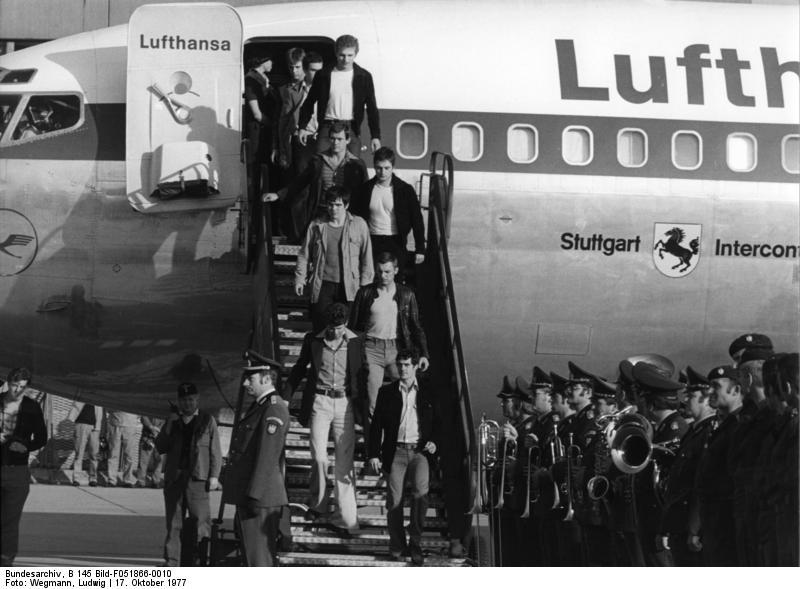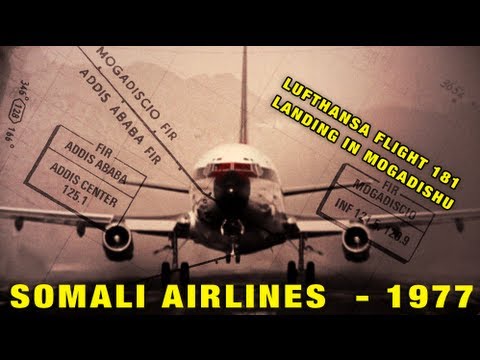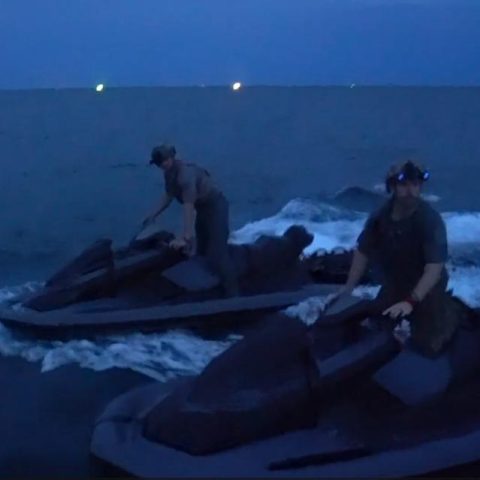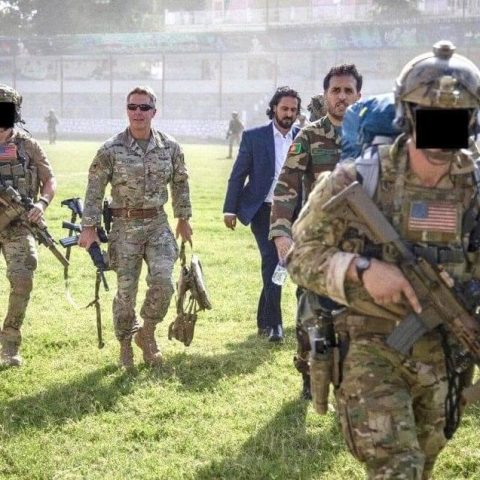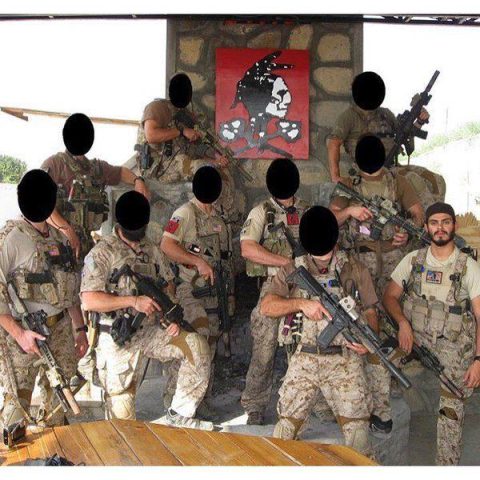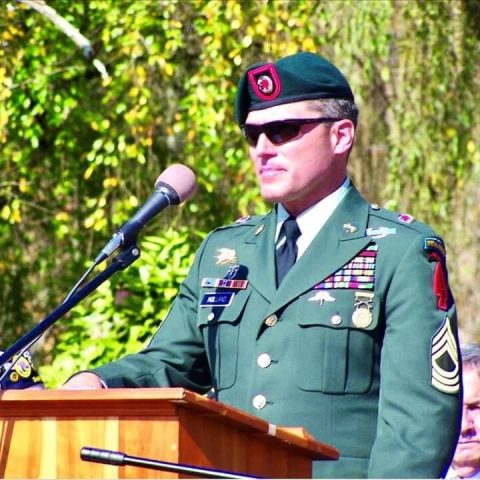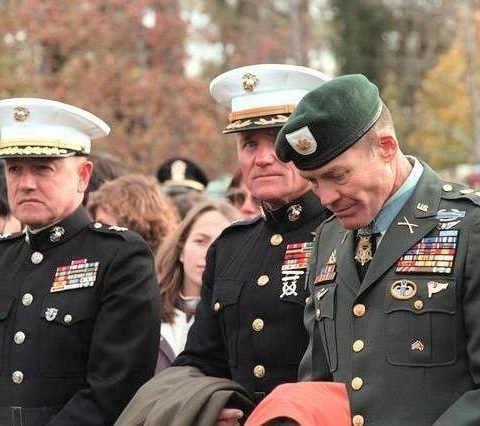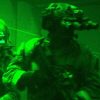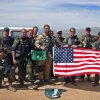The hijacking of Lufthansa flight 181 on October 13, 1977, en route from Palma in the Balearic Islands to Germany, occurred over the French Mediterranean coast. A Lufthansa 737 airliner was hijacked when four terrorists, who were on board among five aircrews (two pilots, three stewardesses), and 86 passengers, had overtaken control over the aircraft.
Introduction
Lufthansa Flight 181 was a Boeing 737-230C jetliner (reg. D-ABCE) named the Landshut hijacked on October 13, 1977, by four members of the Popular Front for the Liberation of Palestine, who called themselves Commando Martyr Halima. The hijacking’s objective was to secure the release of imprisoned Red Army Faction leaders in German prisons.
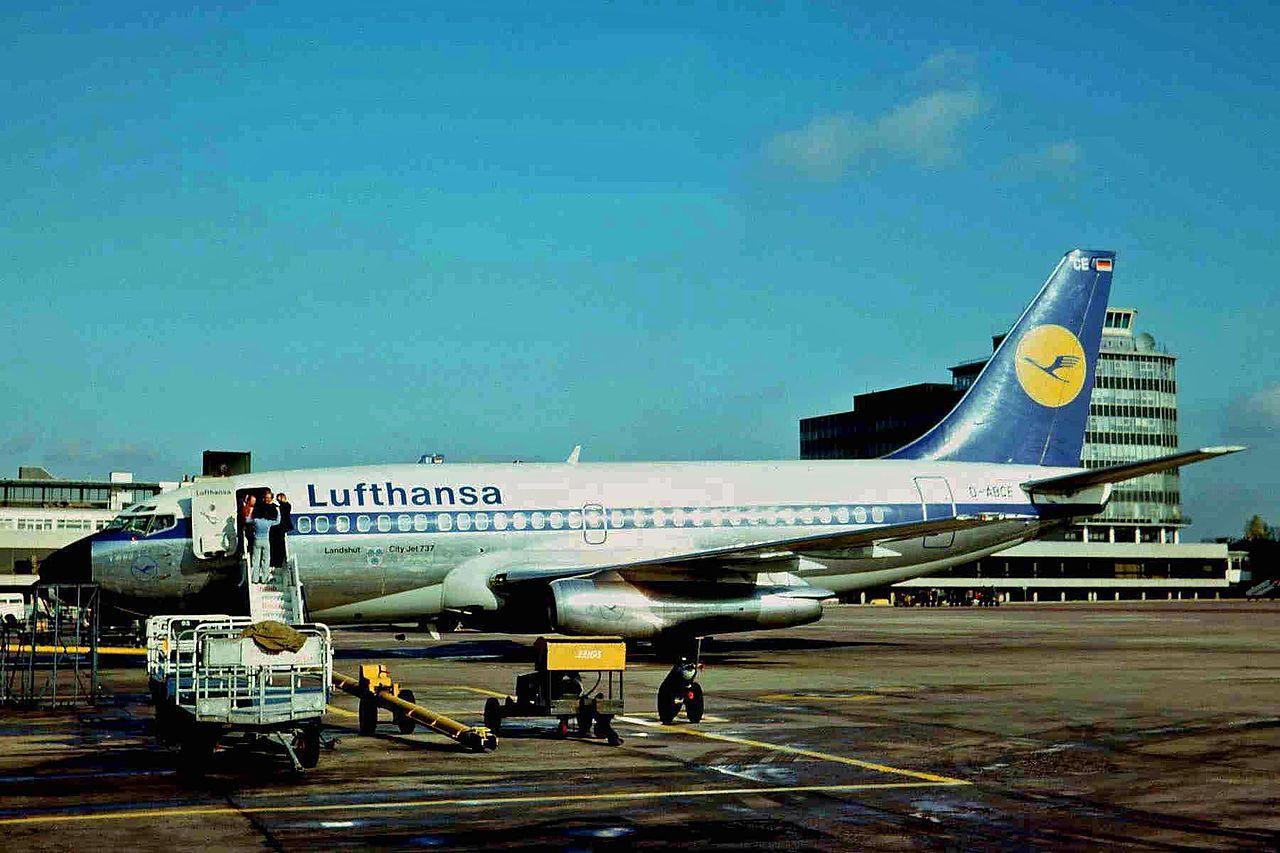
Hijacking
The hijackers were led by so-called Captain Mahmoud, later identified as a notorious international terrorist, Zohair Youssef Akache. He ordered the aircraft captain to fly to Fiucimino airport in Rome, where the aircraft was refueled.
From Italy, the airliner set off eastwards and landed at Larnaca in Cyprus at 2038 by local time. Here, Captain Mahmoud demanded that the aircraft be refueled again, or he would blow it up, the first of many threats to use explosive devices. After refueling, the airliner took off and overflowed into various Middle East countries.
Permission to land at Beirut was denied, and the runaways were blocked, so it was taken on to Bahrain in the Persian Gulf, where the same thing happened. It was flown on to Dubai, where, despite being refused permission to land, the crew was forced to do so for lack of fuel.

At one point in Dubai, the airliner lost power. The temperature inside rose to over 120 degrees F (49 degrees C); many of the passengers, some quite elderly, became very distressed. While here, the crew managed surreptitiously to signal four hijackers.
On Sunday, October 16, the airliner suddenly took off, only 40 minutes before the first deadline for blowing it up. And once again, it was refused permission to land in Oman and arrived over Aden airport with sufficient fuel for another 10 minutes flying. Despite warnings from air traffic control, the aircraft was brought down safely on the taxi track without permission.
The execution of the Lufthansa pilot
By now, conditions inside the aircraft were terrible, and Captain Mahmoud was very nervous, acting in an increasingly unpredictable and unstable manner. Jurgen Schumann, the Lufthansa pilot, was allowed to leave the airliner to check the undercarriage and disappeared for a few minutes. When he returned, he was taken to the first-class cabin and made to kneel on the floor; Captain Mahmoud then executed him with a shot in the head, killing him instantly, directly due to Schumann’s earlier, successful effort to feed information about the hijackers to authorities.
The following day the co-pilot, Jurgen Vietor, took off and flew the airliner to Mogadishu, Somalia’s capital. German government spokesmen contacted the hijackers and said they were prepared to release 11 terrorists in jail and fly them to Mogadishu; Captain Mahmoud postponed his deadline to 0145 hours the following day (October 18).
Operation Feuerzauber (Fire Magic)
German authorities deployed a 30-men contingent from GSG 9 der Bundespolizei to answer the hijacking of Lufthansa Flight 181. They were in the air within hours of the hijacking and arrived in Cyprus just as the Lufthansa Boeing 737 took off. Following a brief discussion with the Cypriot police, the GSG 9 team took off their aircraft again and returned to Frankfurt via Ankara.
Meanwhile, a second aircraft containing Hans-Jurgen Wischenewski, West German Minister of State, psychologist Wolfgang Salewski, and another 30-men group from GSG 9, led by their commander Ulrich Wegener, had left West Germany and gone to Dubai. They went to Somalia, where they were permitted to land in Mogadishu.
In Mogadishu, Wischenewski took over discussions with the hijackers. As the 1600 hours deadline approached and it was clear Captain Mahmoud would, in all probability, carry out his threat to blow up the aircraft, the German minister said that Germany would release the 11 prisoners.
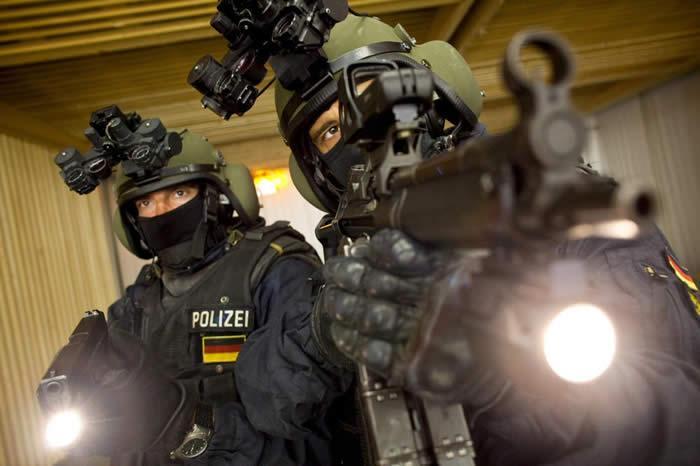
Captain Mahmoud, aka Zohair Youssef Akache, gave them until 0245 hours the following morning to produce the 11 at Mogadishu Airport. At 2000 hours, the first group of GSG 9 who had gone to Cyprus and then returned to Germany arrived in Mogadishu, and the rescue briefings began.
At 0205 hours, just 40 minutes before the deadline, Somali troops lit a diversionary fire ahead of the aircraft. Two hijackers went to the cockpit to assess its significance, at which point the tower contacted them by radio and started to discuss the exchange conditions. They said it would commence shortly when the aircraft arrived from Germany with the released prisoners on board. At 0207, precisely, the emergency doors over the aircraft wings were blown open, and members of the rescue party tossed in some “stun grenades.”
The GSG 9 operators, with two British SAS men lent by the British government, had reached the aircraft and climbed onto the wings completely undetected; the hijackers (and the hostages) were surprised. The GSG 9 rushed into the plane, shouting to the hostages to keep down the floor, and opened fire on the hijackers. Zohair Youssef Akache was fatally wounded in the first few seconds but managed to throw two hand-grenades before he died; fortunately, their effects were cushioned because they rolled beneath seats.
One of the female terrorists died also, and the second man was wounded inside the aircraft but died outside a few minutes later. The second female, Suhaila Sayeh, was wounded but did not die. Meanwhile, the passengers were headed off the aircraft through the doors and emergency exits; three hostages had been wounded, but no one was killed.
Aftermath
The operations carried out by GSG 9 were ended at 0212 hours by local time, and it was entirely successful. GSG 9 had proved itself on the world scene by saving passengers from Lufthansa flight 181, and the men received a well-merited hero welcome when they returned to Germany. The hijacking of Lufthansa Flight 181 has become one of the most successful hostage rescue operations in history.


